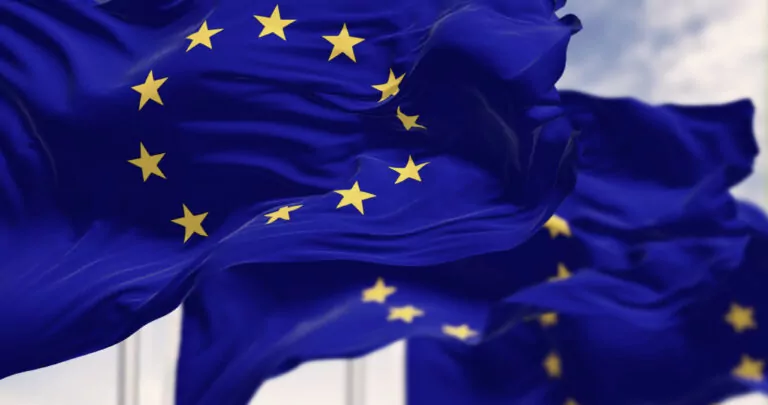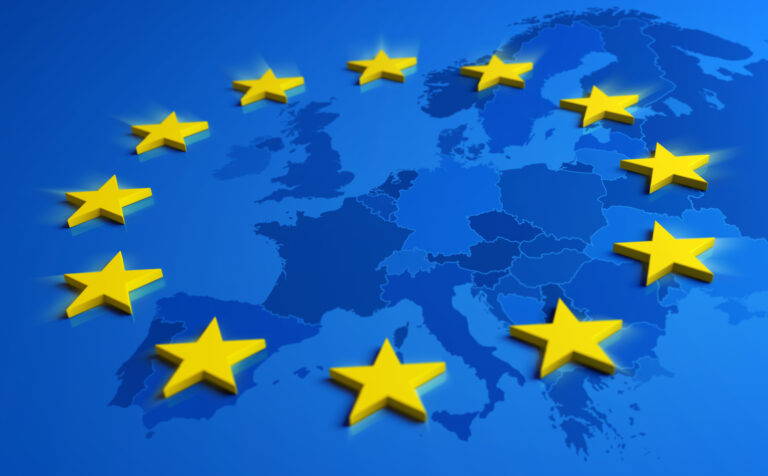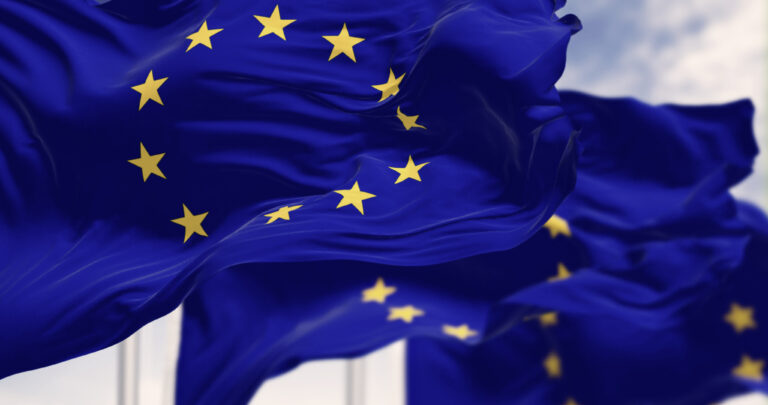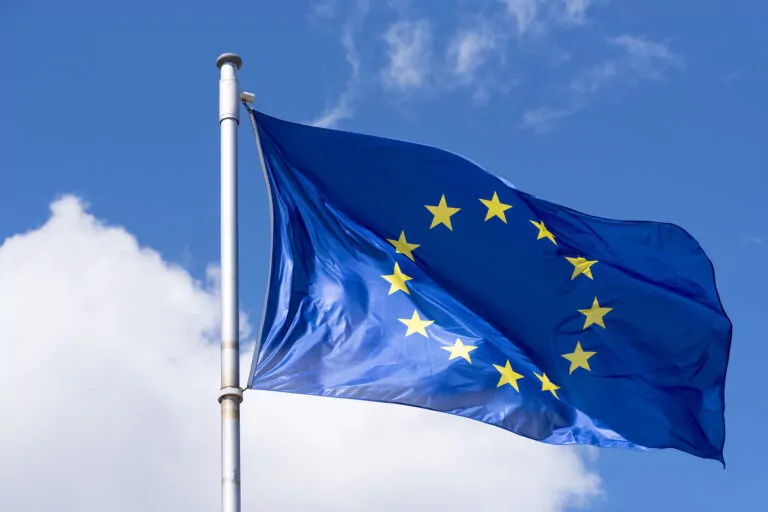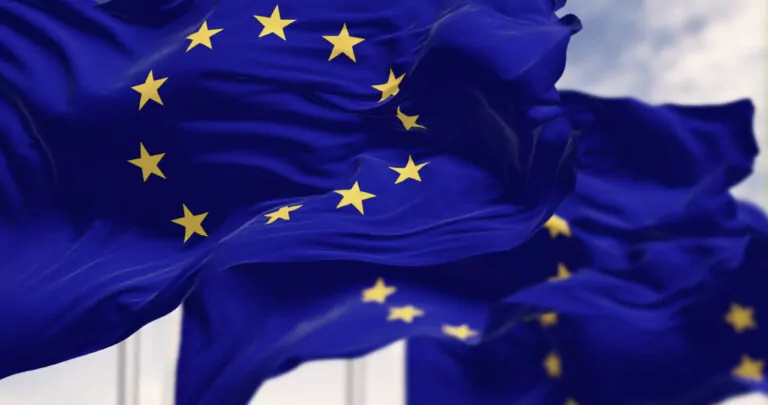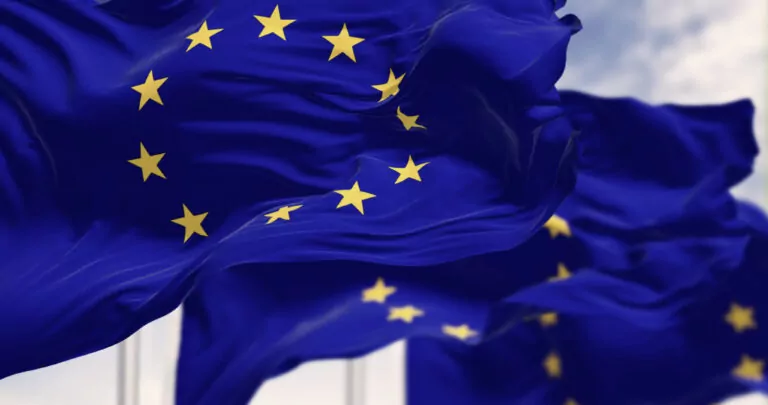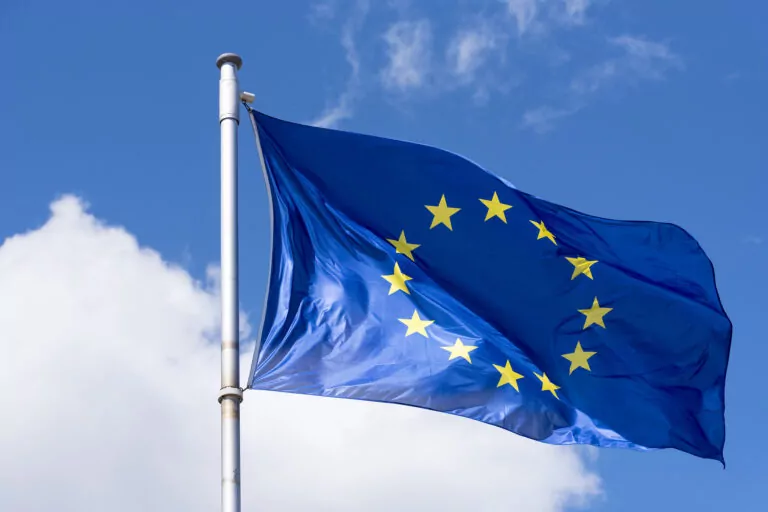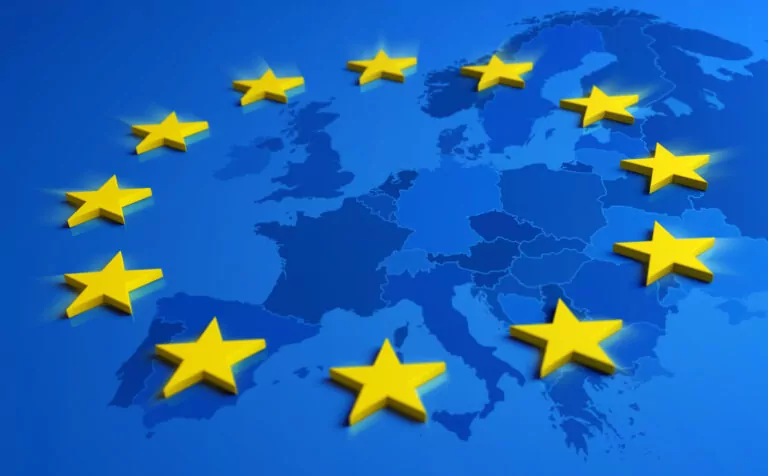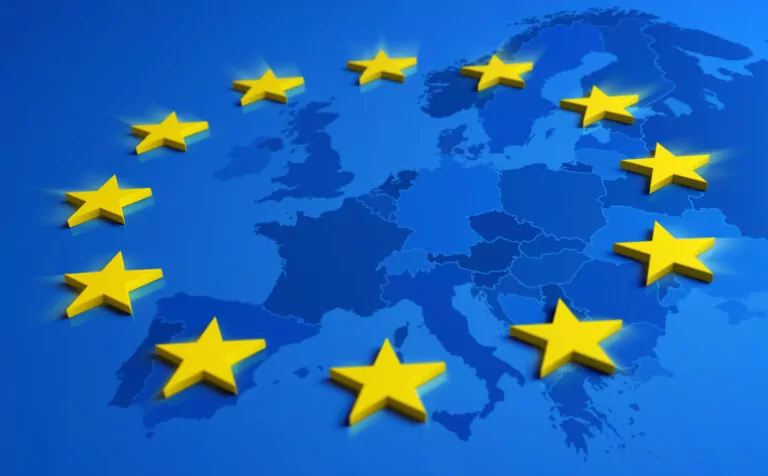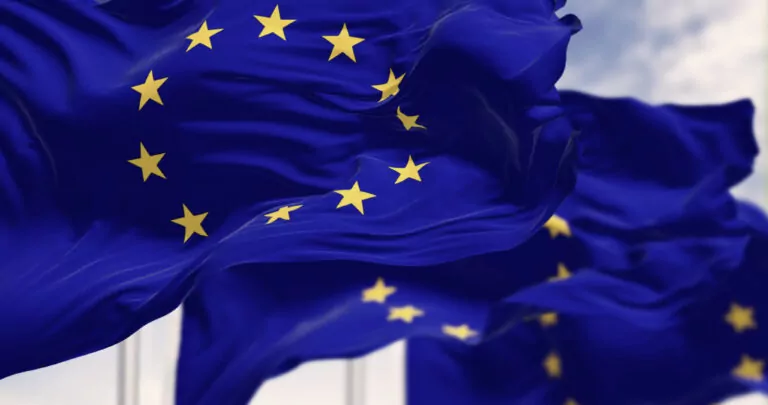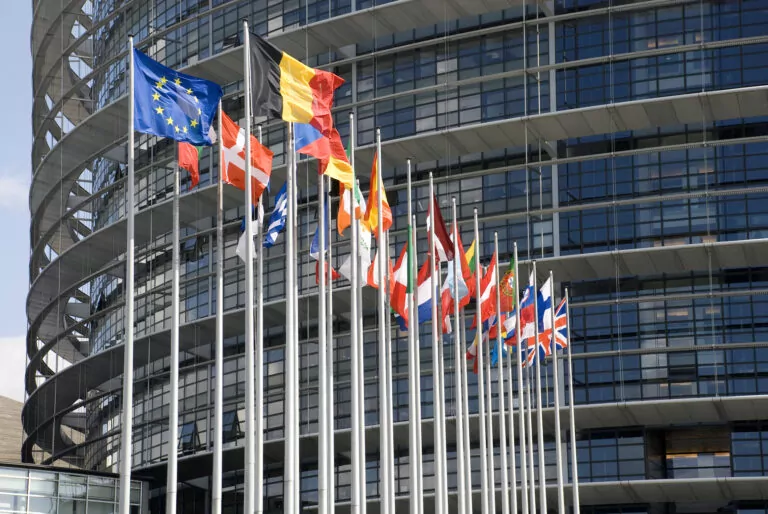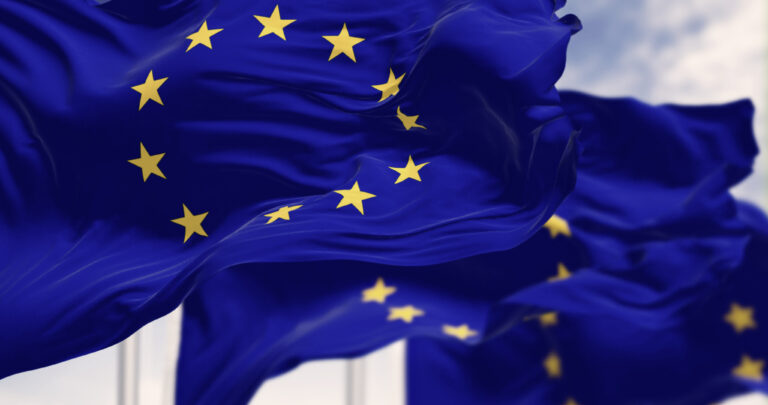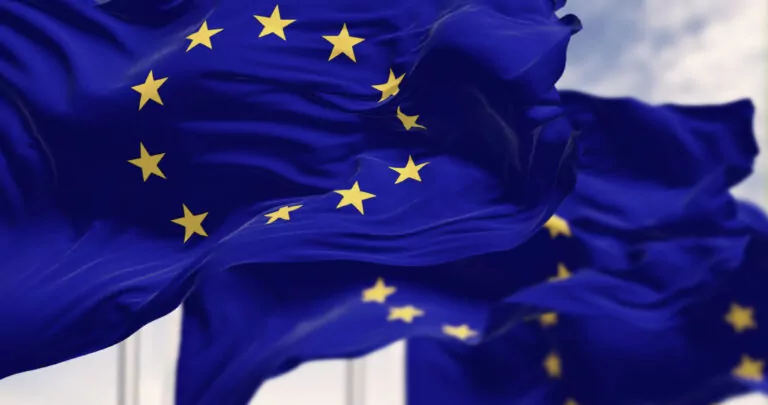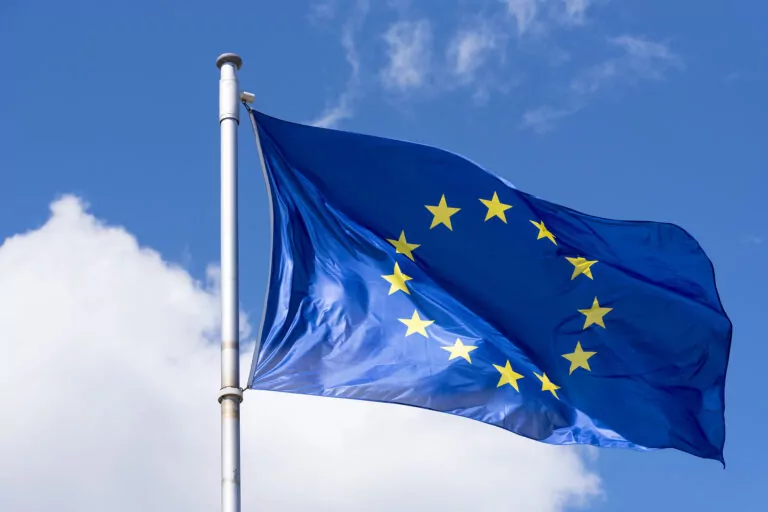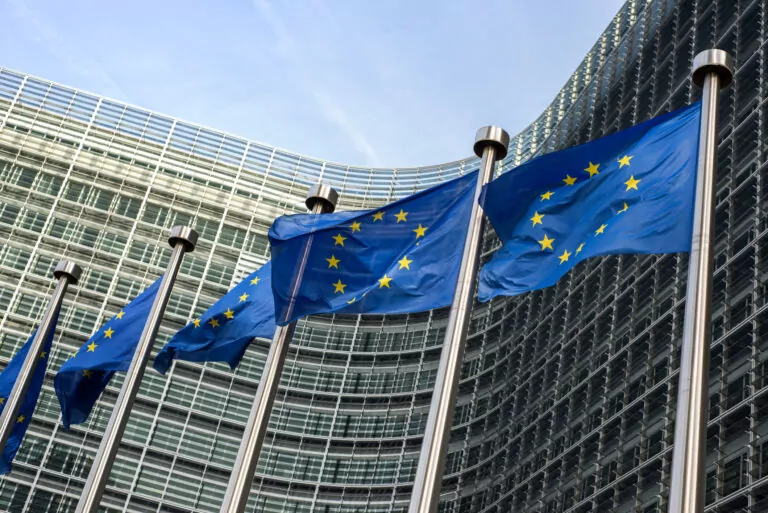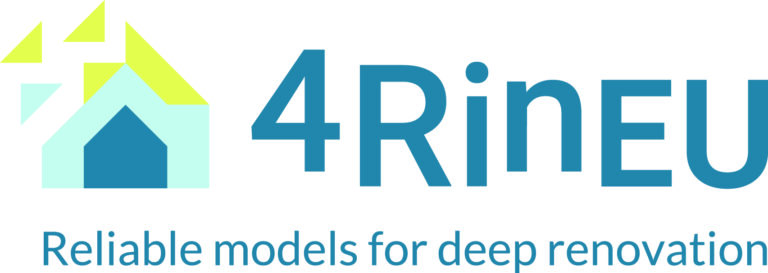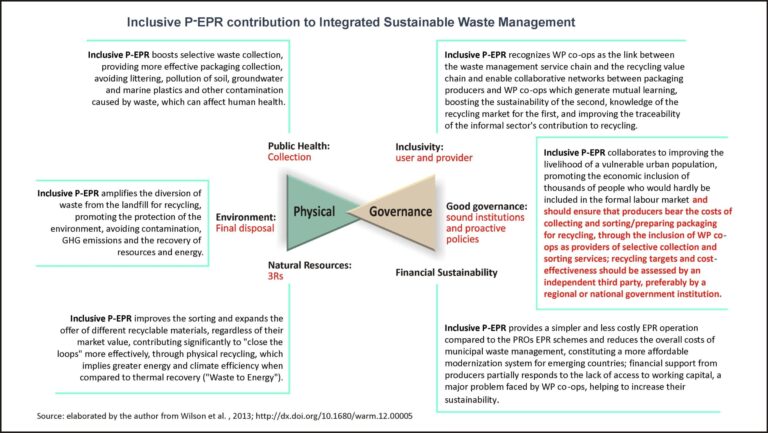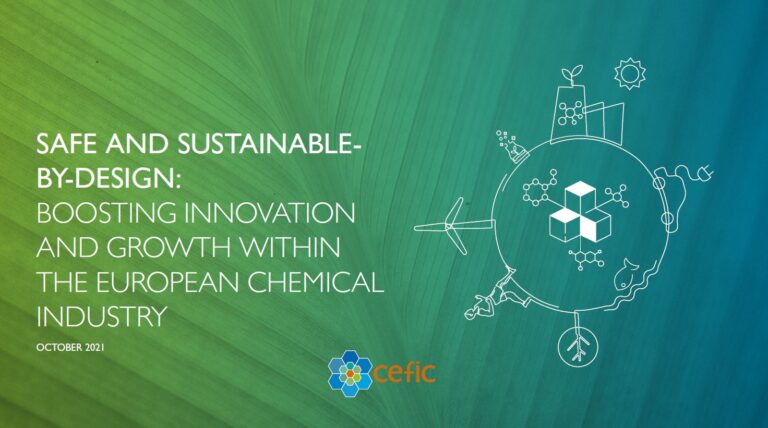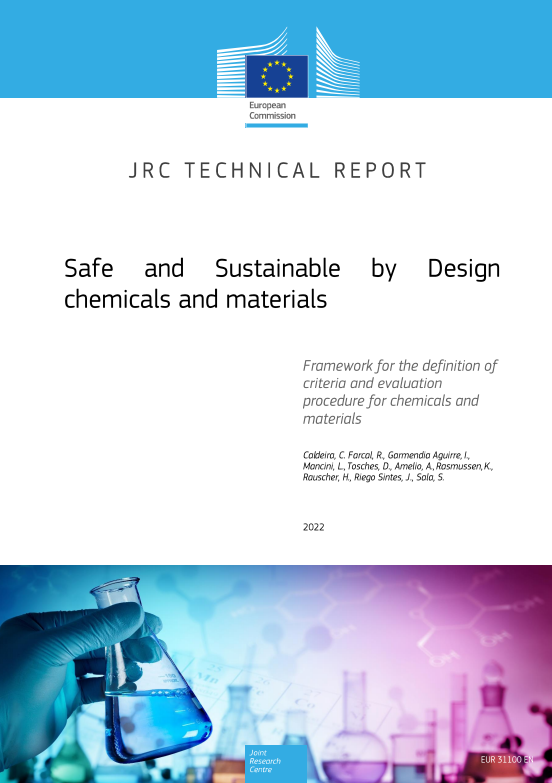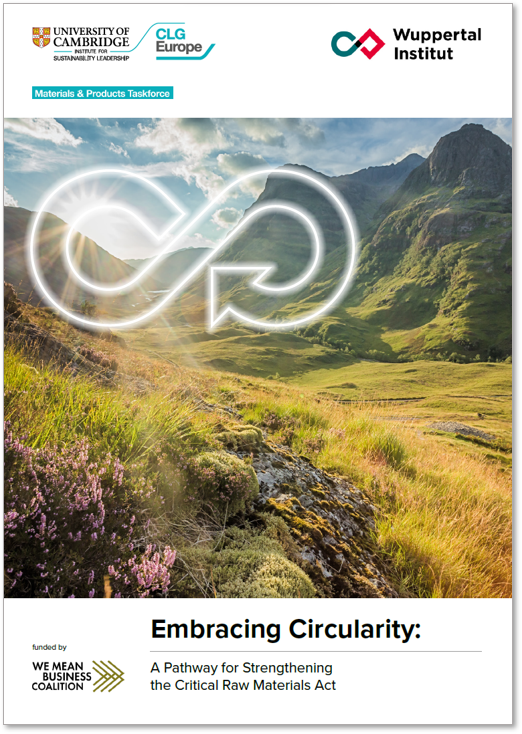Add to favorites:
Share:
Expected Outcome
Successful proposals will contribute to the implementation of the EU Bioeconomy Strategy and its action plan, the Circular Economy Action Plan, the EU Zero pollution ambition for a toxic-free environment under the Chemicals Strategy for Sustainability and the Zero Pollution Action Plan, the EU Industrial strategy, the EU Biodiversity strategy 2030, the Regulation on Deforestation-free Products and the proposal for a Packaging and Packaging Waste Regulation as well as the Eco-design for sustainable products regulation.
Projects results are expected to contribute to the following expected outcomes:
- Full-scale manufacturing facility and related value chain(s) for the sustainable large-scale production of fibre-based packaging.
- Availability of a broader range of circular bio-based packaging products meeting market requirements (depending on specific application), ensuring end-users acceptance.
- Improved sustainability, safety and circularity of packaging with respect to existing fossil and/or bio-based benchmarks.
- Increased value for society, in terms of direct and indirect employment at local and regional levels.
Scope
The packaging industry is facing several challenges in terms of material supply, sustainability, legislation and market dynamics. In particular, the environmental impact of packaging products is a source of concern, especially in relation to the use of fossil-based plastics: over 40% of the plastic produced worldwide is for packaging, but its recycling rate is still very low[1]. Fibre-based packaging products already represent the most common packaging materials in the EU (40%), followed by plastic (19%), and have well-established recycling routes.
New production technologies are emerging, yielding fibre-based packaging materials with improved or novel properties enabling their wider use which could lead to a replacement of current incumbents with more circular and sustainable fibre-based alternatives. In order for this to happen, a substantial scale-up of production processes is needed to enable fibre-based packaging with competitive performance and cost.
Proposals under this topic should:
- Scale-up (at end TRL: 8) production technologies and deploy the complete value chain to fibre-based packaging materials, with improved or novel properties (over specified bio-based and/or non-bio-based benchmark), addressing relevant market applications. Consumer / industrial primary, secondary and/or tertiary packaging products are in scope. Fibre-derived packaging is also in scope.
- Demonstrate (at end TRL: 8) the application of targeted fibre-based materials into end packaging products, proving to meet market requirements. The use of bio-based add-ons (e.g., additives, coatings, adhesives, films, etc…) to improve properties of the fibre-based materials and/or end packaging product(s) is also in scope - proven that they are not hindering targeted End of Life and that fibre-based materials are the main component of the packaging;
- Design the packaging products for circularity and validate their sustainable end-of-life at relevant scale (TRL6 and above). Recycling, reuse and/or remanufacturing are all in scope.
In addition to the specific requirements applicable for the type of action, as described in section 2.2.3.1 of the CBE JU Annual Work Programme 2025[2], proposals under this topic should:
- Consider end-users/consumers perception, behaviour and preferences across the different steps of products’ lifecycle: product design, use and end-of-life.
- Include a task to apply the safe-and-sustainable-by-design (SSbD) framework, developed by the European Commission. Under this context, projects are expected to also contribute with and develop recommendations that can advance further the application of the SSbD framework.[3]
- Include a task to address the regulatory status of the demonstrated packaging product(s)[4] and their safety for the intended use.
- Ensure complementarities with past and ongoing R&I projects addressing similar challenges, including projects funded under Horizon 2020/Horizon Europe and BBI JU/CBE JU.
[1] lower than 10%, source: OECD
[2] https://www.cbe.europa.eu/reference-documents
[3] More specifically, provide thresholds that can support the criteria definition and improvements for the assessment SSbD methodologies, including any specificities related with bio-based chemicals. Recommendations should also include identification of data gaps, especially safety, environmental, but also socio-economic factors, as well as priorities for data collection
[4] With specific reference to the proposal for a Packaging and Packaging Waste Regulation. On 4 March 2024, the Parliament and Council reached a provisional agreement on the proposed Regulation.
Partner Requests
Explore Real Collaboration Opportunities
🔍 As a logged-in member, you now have exclusive access to all active Partner Requests for this Funding Call.
See who’s looking for collaborators, explore exciting project ideas, and discover how others are planning to make an impact.
💡 Use these insights to get inspired—or take the next step and start a request of your own (3 entries for free).
Log in or registrate here for free.
You must be logged in to submit or manage a partner request.
Ask our experts about this call
Connect with the Listing Owner!
💬 Please log in now to send a direct message to our experts and ask your questions. Not a member yet? Sign up for free and start connecting today!
Related Funding and Finance Opportunities
Unlock Exclusive Funding Opportunities!
🔑 Get instant access to tailored funding opportunities that perfectly match your needs. This powerful feature is exclusively available to our premium members—helping you save time, stay ahead of the competition, and secure the right funding faster.
Upgrade to Premium now and never miss an important opportunity again! Already a premium member? Log in here to explore your matches.
Related Innovation Offers
Related Knowledgebase Resources
Discover More with Premium: Related Knowledge Resources
🔒 You’re missing out on expert-curated knowledge specifically matched to this topic. As a Premium member, you gain exclusive access to in-depth articles, guides, and insights that help you make smarter decisions, faster.
Whether you’re preparing a funding proposal, researching a new market, or just need reliable information—our Premium knowledge matches save you hours of research and point you directly to what matters.
Upgrade to Premium now and instantly unlock relevant knowledge tailored to your needs! Already a member? Log in here to view your personalized content.
Access Restricted
This funding opportunity is only fully available to premium members.

